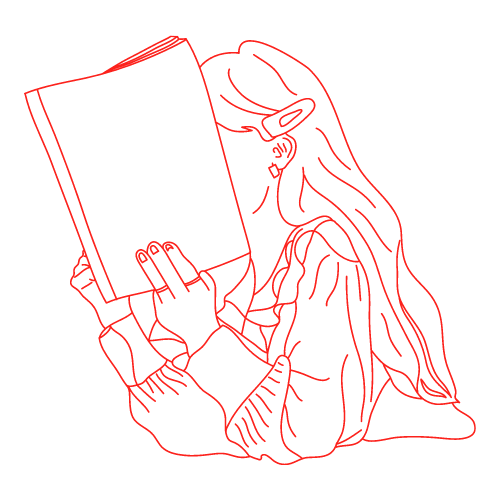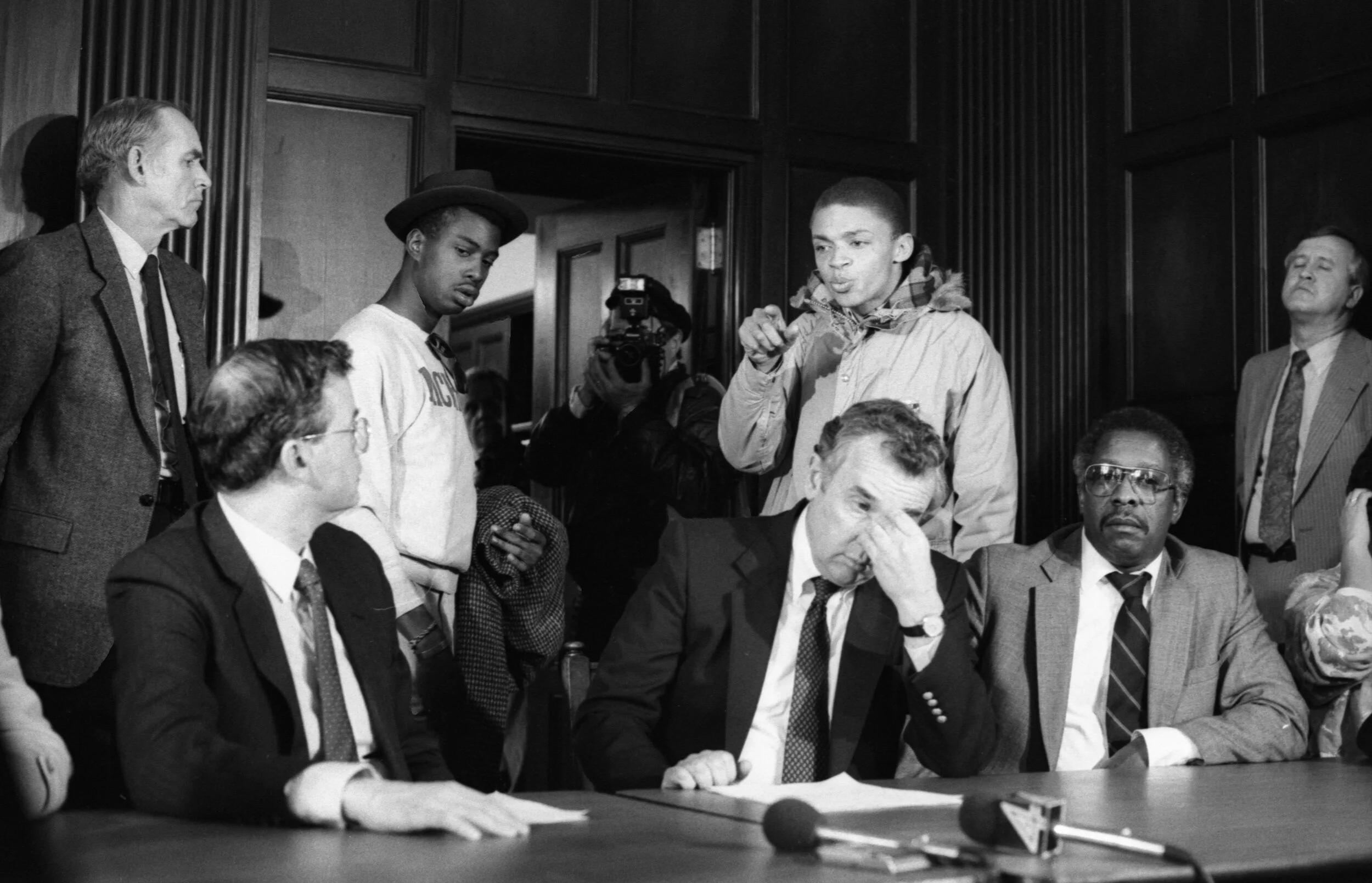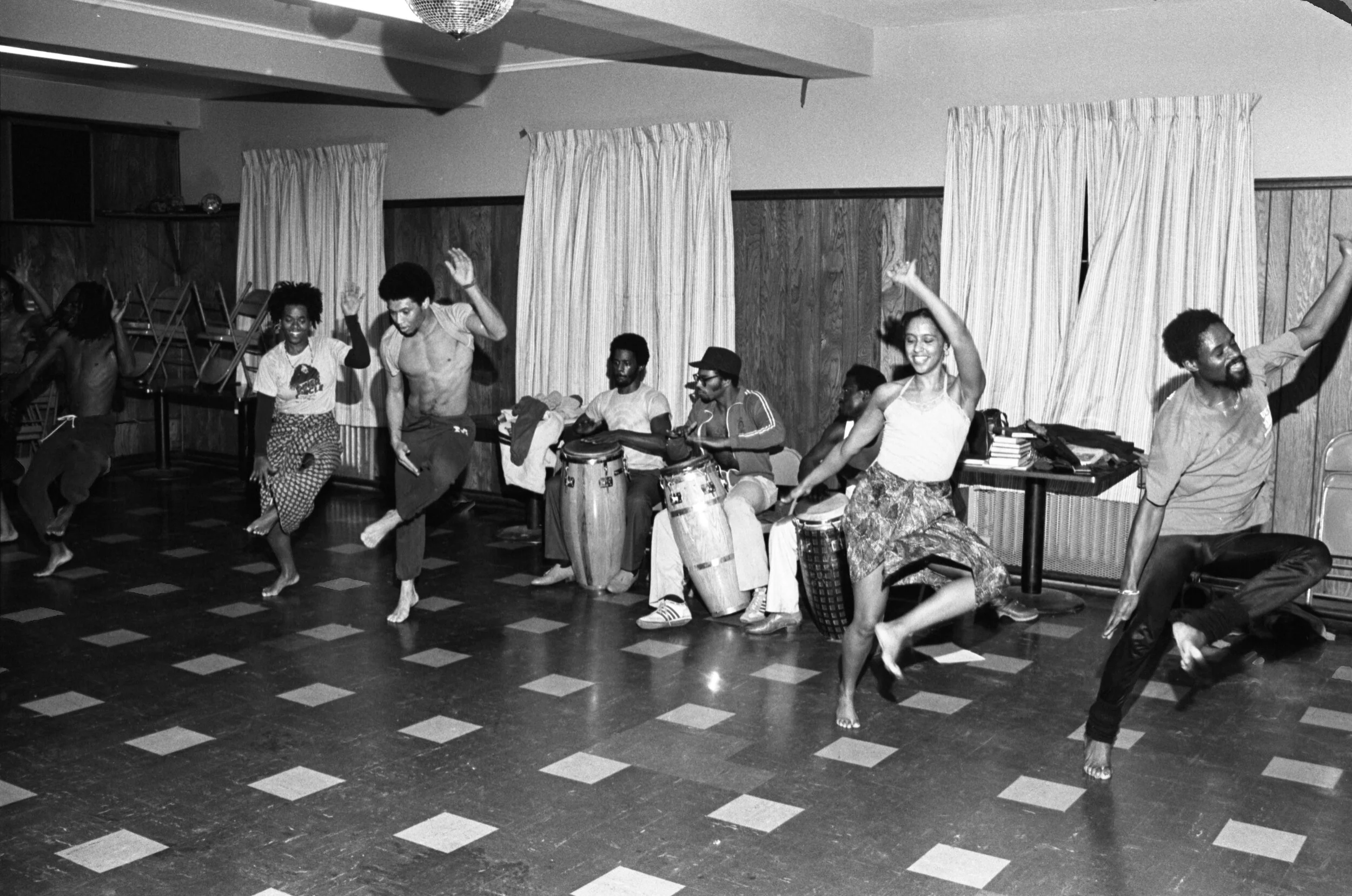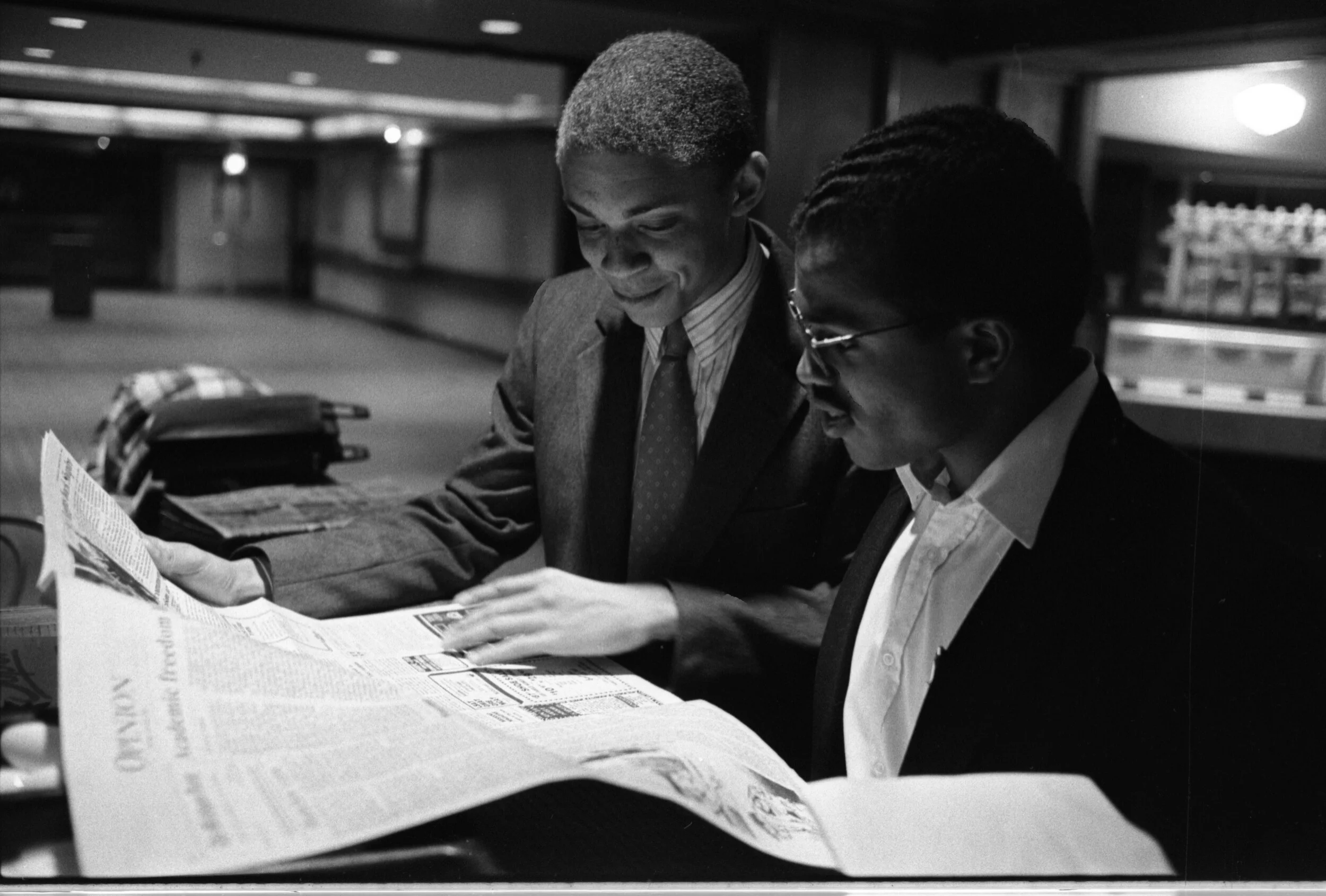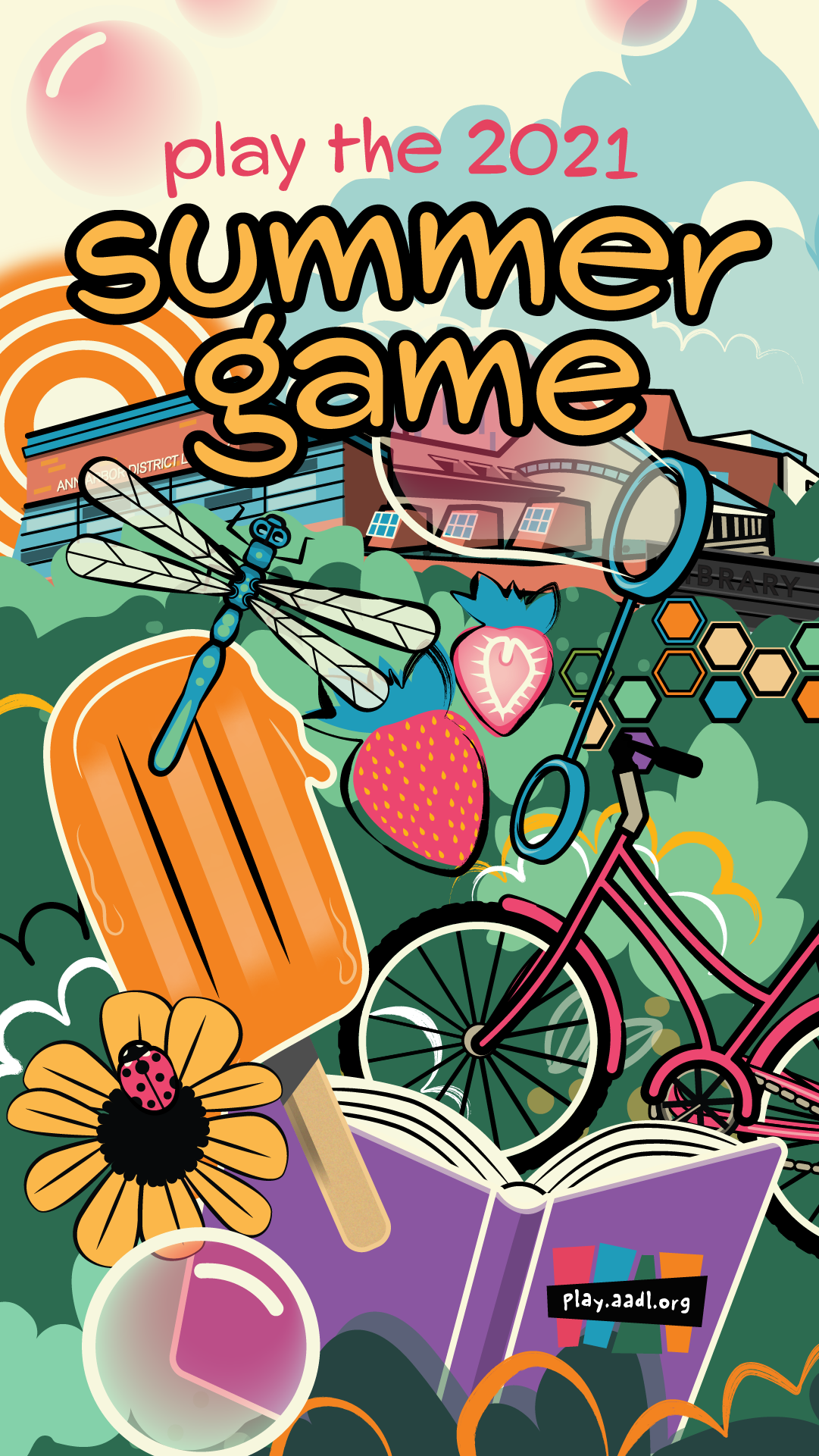Social media copy
THE ANN ARBOR DISTRICT LIBRARY
At the Ann Arbor District Library the tone is multifaceted! The Library brand is knowledgeable, yet whimsical; helpful, but doesn’t take itself too seriously; and above all contributes to a curious, literate, and informed public.
Here are some of the projects I worked on during my tenure at AADL.
The Black Action Movement at The University of Michigan
A TWITTER THREAD BY LINDSEY LINCOLN USING RESEARCH AND PHOTOS FROM THE AADL ARCHIVES
Members of BAM III and U-M President Harold Shapiro, March 1987
The Black Action Movement (BAM) formally organized at @umich in 1970, 1975, and 1987––each time to demand opportunities for Black students, including increased recruitment, financial aid opportunities, and community support.
(📸Tom Marks, March 21, 1987, @AnnArborNews)
In 1970, student leaders met with University president Robben Fleming to discuss enrollment and retention of Black students. On March 11, 1970 Fleming released a list of proposals for the Board of Regents to consider.
(📸Robert Chase, @AnnArborNews)
Fleming proposed the Opportunity Program budget be tripled, providing $3 million in financial aid for students. The proposal also included an expanded recruitment office, but did not address BAM’s demand that Black students make up 10% of the student body.
The Regents passed Fleming’s proposal, but BAM student leaders saw it lacking tangible, specific support for Black students, so they lead a campus-wide boycott of classes, picketing, and protests, which closed U-M for 18 days: aadl.org/aa_news_19700320_p13-u_black_students_told_limits_are_necessary
Enjoying African Dance At Trotter House, November 1981
As the strike continued, students negotiated with administration, finally coming to an agreement in early April to increase Black student enrollment to 10%. U.S. VP Spiro Agnew called Fleming’s “surrender” to students “callow retreat from reality.” aadl.org/aa_news_19700813_p16-university_reports_efforts_to_hike_black_enrollment
U-M enrollment never reached agreed-upon levels and students organized again in 1975, putting pressure on administration to prioritize recruiting and retaining Black students. Administration again promised to do better.
(📸Cecil Lockard, February 18, 1975, @AnnArborNews)
In 1980, 10 years after BAM originally organized to demand support for Black students, the Center for Afro-American & African Studies offered over 60 classes and Trotter House provided community to Black students.
(📸Mark Hodney, November 1981, @AnnArborNews)
The number of Black students peaked in 1976, never reaching the 10% goal students and activists fought for. Out-of-state tuition rates began rising precipitously and Black enrollment continued to fall, setting the stage for the 1987 movement: BAM III.
(📸Colleen Fitzgerald, March 18, 1987, @AnnArborNews)
BAM III formed in response to:
U-M administration’s failure to fulfill commitments made to Black students, and
Instances of racist harassment on campus
aadl.org/aa_news_19870318_pa01-students_seek_bam_revival
(📸Colleen Fitzgerald, March 18, 1987, @AnnArborNews)
It was March of 1987––the semester coming to a close––when BAM activists shared their 11 demands, threatening to close the university if progress wasn’t made: aadl.org/aa_news_19870319_pa01-blacks_threaten_to_close_um
Black Action Movement Leaders, Charles Wynder & Barron Wallace, September 1987
On March 23, 1987, U-M announced a plan to achieve greater levels of racial equality on campus, allocating money for the Black Student Union, created new positions, and expanded the procedure for addressing racial violence.
(📸Tom Marks, March 20, 1987, @AnnArborNews)
After the agreement, BAM announced that students should look to the Black Student Union to advocate for Black U-M students. Student leader John Simpson added, “If the road gets rocky, BAM will be back.”
(📸Colleen Fitzgerald, March 1987, @AnnArborNews)
With tentative optimism, student activists looked toward the next school year––excited for a new freshman class of activists and ready to continue fighting for justice.
aadl.org/aa_news_19870910-campus_racism_struggle_far_from_over_says_student_activist
The AADL Summer Game 2021
SOCIAL COPY WRITTEN BY ME, ALL GRAPHICS BY THE AADL DESIGN TEAM
